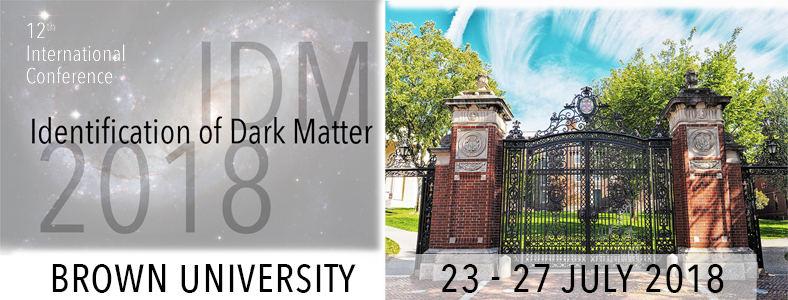Speaker
Description
There is a 10-sigma discrepancy between the observed and expected abundances of primordial 7Li, which is naturally explained by a DM-nucleon interaction that is comfortably allowed by laboratory and other constraints. I first review the literature on BBN observations and the standard CDM calculation, and then report on a calculation of the modification to standard BBN when DM interactions can break up 7Be and 7Li (Farrar and Galvez, 2018). The relevant temperature when 7Be and 7Li form (T < ~80 keV) is low, and the binding energy of other primordial nuclei (4.5,5.7,22.8 MeV for 3He, 3H and 4He, resp.) is much larger than that of 7Be and 7Li (1.6, 2.5 MeV, resp.), so DM on the tail of the thermal distribution can breakup 7Be (7Li) into 4He+3He (4He+3H), with negligible impact on the excellent predictions for 4He and D abundances, bringing all predictions into consistency with observation for interesting DM-nucleon interaction cross sections. (Deuterium is formed so efficiently that a low level of additional breakup is irrelevant.) Dependence on DM mass will be discussed, as will experimental tests and other implications of this proposal.
